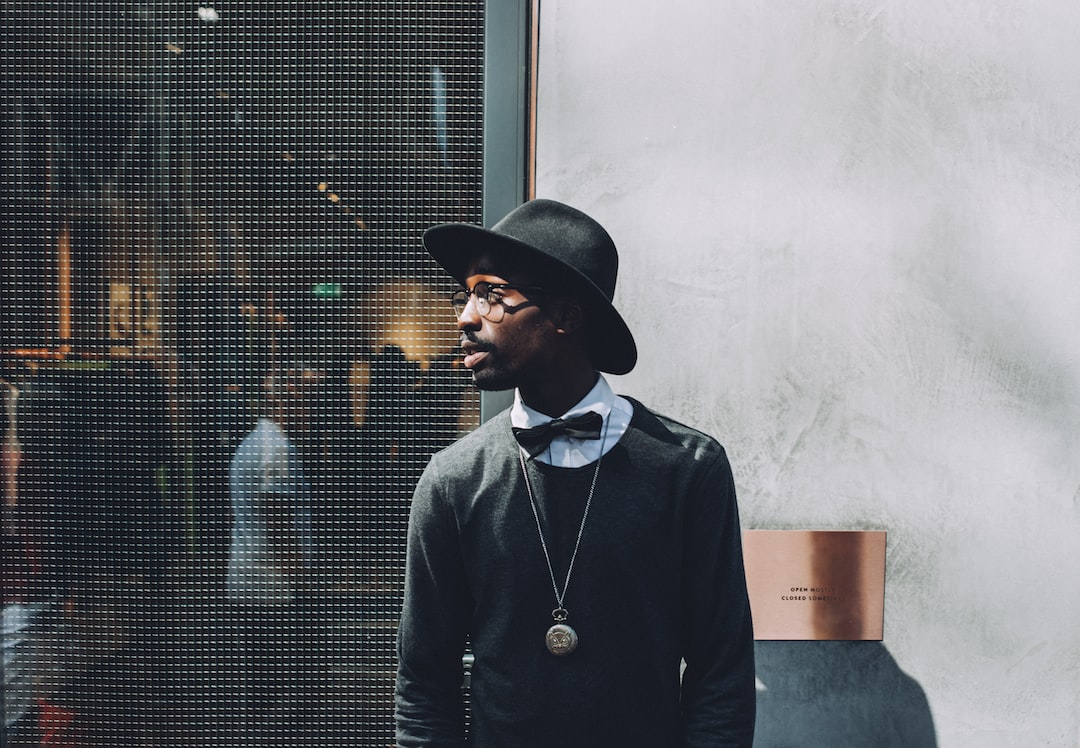The rise of gender-neutral fashion and its impact on the industry
In recent years, there has been a significant shift in fashion towards more gender-neutral clothing. This movement challenges traditional ideas of what is considered “masculine” or “feminine” and promotes inclusivity and equality. The fashion industry, which has long been associated with strict binary gender norms, is now adapting to this new wave of gender-neutral fashion, and the impact is being felt across the industry.
One of the most significant impacts of the rise of gender-neutral fashion is the increased representation and visibility of individuals who do not conform to traditional gender norms. Historically, fashion has perpetuated strict gender roles, with clothing designed specifically for men or women. This exclusionary approach has left many individuals feeling excluded or marginalized. However, the rise of gender-neutral fashion has opened up opportunities for people to express themselves authentically, regardless of their gender identity.
By challenging these traditional gender norms, gender-neutral fashion has also provided a platform for conversations around diversity and inclusivity. Fashion brands are recognizing the importance of catering to a broader range of consumers and are expanding their offerings to include gender-neutral options. This shift not only acknowledges the existence and needs of non-binary individuals but also sends a powerful message of acceptance and support.
Furthermore, the rise of gender-neutral fashion has made a significant impact on the way clothes are marketed and advertised. Traditional fashion campaigns often perpetuate gender stereotypes, with men and women portrayed in specific roles or settings. However, gender-neutral fashion campaigns aim to break down these stereotypes and appeal to a wider audience. As a result, we are witnessing a more diverse range of models, who represent a broader spectrum of genders, being featured in fashion campaigns. This inclusive approach not only helps to challenge societal norms but also helps individuals feel seen and represented.
The rise of gender-neutral fashion has also led to a breakaway from rigid gender-specific sections in stores. More and more brands are opting for gender-neutral store layouts, where clothing is organized by style or category rather than by gender. This move has made it easier for individuals to shop without feeling limited by societal expectations. By removing these barriers, fashion retailers are creating a more inclusive and empowering shopping experience for everyone.
Additionally, the impact of gender-neutral fashion can also be seen in the blurring of traditional gender boundaries in design. Designers are experimenting with fabrics, silhouettes, and color palettes that defy traditional gender norms. This fusion of styles and aesthetics has given rise to unique and innovative collections that challenge the status quo. By embracing this fluidity, the fashion industry is pushing the boundaries of creativity and setting new standards for what is considered fashionable.
However, despite the positive impact of gender-neutral fashion, there are still challenges that need to be addressed. While more brands are embracing inclusivity, there are still instances of greenwashing, where brands claim to be gender-neutral without fully committing to the cause. Furthermore, gender-neutral clothing can often be inaccessible due to limited sizing or higher price points. It is essential for brands to genuinely embrace inclusivity and make gender-neutral fashion accessible to a broader range of people.
In conclusion, the rise of gender-neutral fashion has had a profound impact on the fashion industry. By challenging traditional gender norms, this movement has opened up opportunities for individuals to express themselves authentically and has sparked important conversations around inclusivity. The impact can be seen in the increased representation and visibility of individuals who do not conform to binary gender norms, the diversification of fashion campaigns, the breaking down of traditional store layouts, and the innovative designs that challenge societal expectations. However, it is crucial for the industry to continue pushing for genuine inclusivity and accessibility, ensuring that gender-neutral fashion becomes more than just a passing trend.


